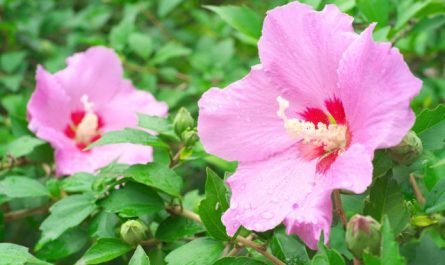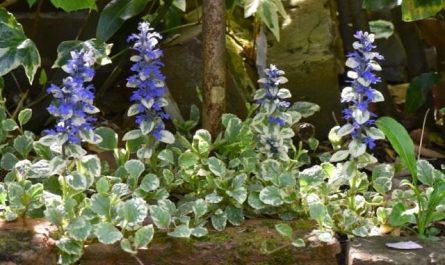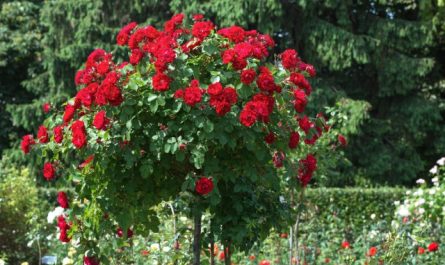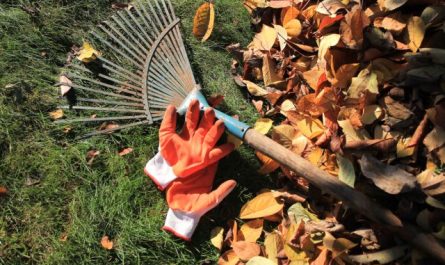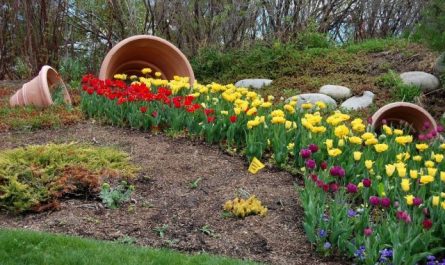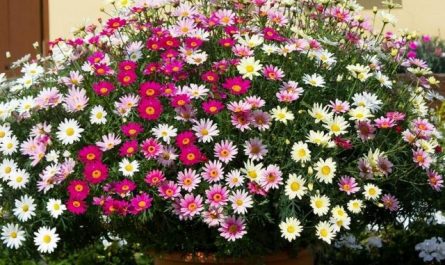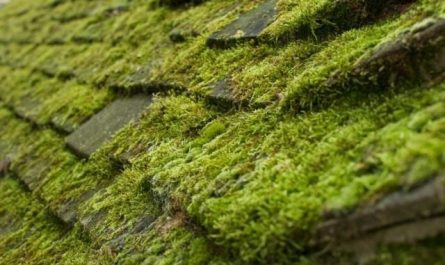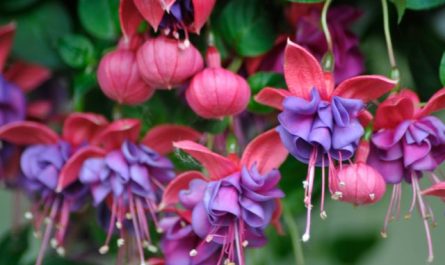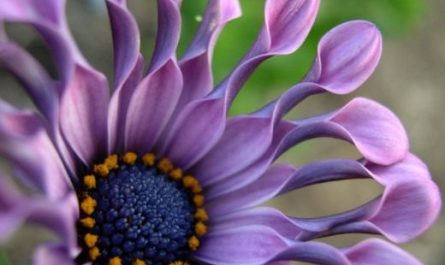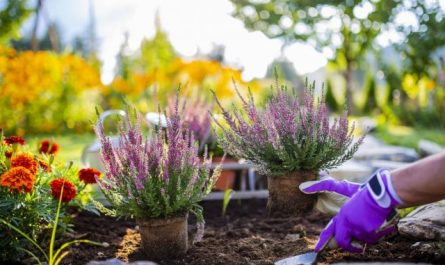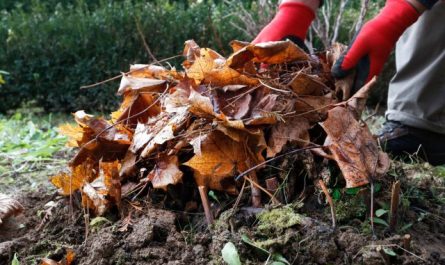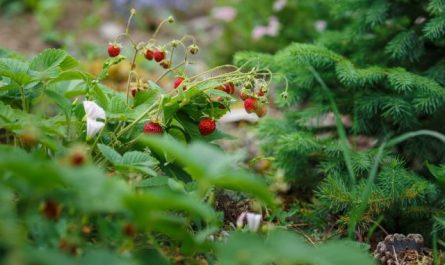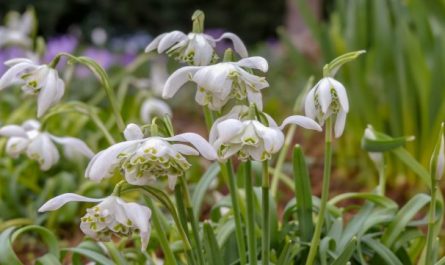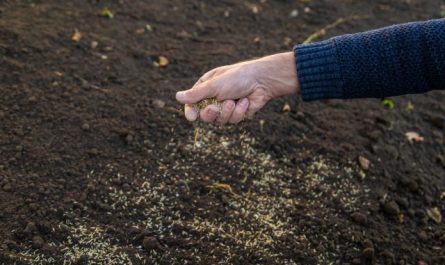Our reality, thanks to us, is becoming more and more aggressive and hostile. Such is the sad tautology. Polluted soils, the search for clean water is a real quest, and the air is full of everything: exhaust fumes, emissions, and microplastics. Gardeners are in a slightly more advantageous position than permanent residents of megacities. They can arrange their green world in such a way as to minimize any chemical harm. We will tell you about decorative plants-defenders, which, in addition to aesthetic pleasure, can also bring considerable benefit in cleaning the surrounding space.

How do plants “catch” pollution?
Plant leaves work around the clock – they don’t have breaks for lunch, smoke breaks or sleep. They “hang out” moisture back and forth, releasing it through their stomata and absorbing it with dissolved elements, they photosynthesize during daylight hours, they absorb and release oxygen and carbon dioxide, in general, they work with all their might.
Accordingly, with these active processes, there is a constant movement of air around each leaf. Even when it seems that there is a complete calm outside, there is an almost invisible air flow in the crowns of plants. At the same time, much of what is currently in the air – dust particles, fungal spores, pollen, pollutants of all kinds – in the process of this movement near the leaves, and settle on them.
Plants have their own ways of capturing all sorts of things from the atmosphere.:
- compound leaves, like those of rowan;
- wrinkled, like an elm;
- covered with hairs, like the felt cherry (and also wrinkled);
- sticky to the touch leaves, like those of a linden tree;
- moisture on the leaves.
Electricity plays a significant role in attracting dust. Each leaf and each shoot has a certain variable electric potential, and particles of dirt and dust also carry an electric charge. They are attracted to the plant.
Leaves, and plants in general, needed all of this until people started polluting the atmosphere. Gardeners know very well that foliar feeding (spraying the leaves with a weak solution of microelements) is noticeably more effective and efficient than root feeding. Plants do not need to extract all of this from the soil and drag it up, losing some along the way – it is right there, in solutions that are easy to process.
Before there were gardeners, plants were self-sufficient, catching something useful from the atmospheric air. And the moisture necessary for dissolution, albeit in tiny quantities, is always present on the leaves. Times have changed, there is noticeably more poison in the air of some places than useful. But the plants have not yet had time to rebuild, and continue to catch everything flying past, although in polluted areas there is no benefit to them from this either, only harm.
Cleaner trees
If there is enough space in front of the plot, it is advisable to plant it with delicate trees with dust-catching foliage – it will be beautiful and the air will be cleaner.
All the trees listed below have a very high dust-filtering capacity. They should not be planted too densely, and if they are pruned, the crown should not be too dense either – air should pass through the crown, not flow around it.
Downy Ash, or Pennsylvania Ash (Fraxinus pennsylvanica)
In addition to the compound leaves, it also has pubescent shoots, so it catches dust particles not only with its leaves, but also with its branches. If you want something special, there is a variegated form with yellow-variegated leaves, but it has less pubescence. After planting, you can ask the tree all sorts of questions (“I asked the ash tree…”)

Siberian berry apple (Malus baccata)
A plant for extreme conditions. 40-degree frosts are nothing for it, it can withstand -50°C. An openwork, wide-spreading crown, delightful apple blossom and, as a bonus, small, abundant, cherry-like, bright red apples. For birds.

Ussuri pear (Pyrus ussuriensis)
It also withstands 45-degree frosts without much damage. Tea from its shoots smells like compote and is very tasty, not to mention its health benefits.

Ginnala maple, or river maple (Acer tataricum subsp. Ginnala)
It will be good in sufficiently illuminated areas – and will grow more luxuriantly, and the autumn coloring will please with bright, fiery crimson colors. Fast-growing, young shoots are pinkish and wrinkled young leaves too. Blooms with fragrant yellowish panicles, the seeds are enclosed in bright crimson wings.

Small-leaved linden, or heart-shaped linden (Tilia cordata)
A fragrant beauty, tolerates noticeable shading, “is friends” with maples, has decorative forms – pyramidal, grayish (with whitish leaves). Remarkably cut and shaped.

There are many varieties, for every taste:
- small 3-4 meters;
- with a rounded crown;
- pyramidal;
- with yellowish or reddish young foliage;
- with spreading branches.
Rowan tree (Sorbus aucuparia)
One of the most beautiful trees, decorative all season. There are also many varieties and forms, there is something to choose from.

Silver birch (Betula pendula)
A very hardy plant, a familiar beauty, has many interesting forms from pyramidal to strongly weeping and red-leaved. There are even more varieties. It is distinguished by its special elegance.

Filter bushes
Trees are good, of course, but bushes are also needed. Especially in the traffic zone – the most polluted air is at a height of 2-3 meters. Just the right size for large bushes.
Goldencurrant (Ribes aureum)
It grows better in dry, well-lit places. The fruits will have to be sacrificed in favor of the birds, so you can take the most common varieties. It blooms with abundant, very fragrant small yellow flowers. The fruits can be black, yellow, green, crimson. It looks colorful in its autumn attire.

Mock-orange (Philadelphus coronarius)
One of the most desirable plants. Resistant, unpretentious and with incredibly fragrant flowers. There are many varieties, all of them are good. You can collect a whole bouquet of aromas. Or a sequentially flowering conveyor.

Silver oleaster (Elaeagnus argentea)
Decorative with elegant silver foliage, catches dirt with all parts, since they are all covered with scales (even fruits). The disadvantages include creeping shoots.

Wrinkled rose (Rosa rugosa)
One of the most stable and winter-hardy types of roses. Decorative all season: bright green, heavily wrinkled rough leaves, flowers with a delightful aroma, bright fruits in the fall. There are many varieties, for every taste, all will be good as dust collectors. The disadvantage of species plants, like the oleaster, is that it spreads in shoots. But if you plant a grafted variety, this trouble can be avoided.

Physocarpus opulifolius
Beautiful in leaves, in bloom, and even naked in winter. Varieties with lemon-yellow and crimson foliage look contrasting and advantageous next to each other. Unpretentious shrub. If growing alone in an open area, it acquires a fountain-like shape.
Everything that has been said about pruning and shaping trees also applies to shrubs.

And herbaceous plants protect against pollution
There is no need to leave the ground under trees and bushes bare. It will rain and wash away some of the “caught” onto the ground. Then everything will dry out, the wind will raise dust – and everything will start all over again. There is no need to torment the plants unnecessarily.
The formation of vegetation in the tree and shrub zone will greatly depend on where it all happens – on the site or in the green zone outside the site. On the site, it usually turns out to be all by itself to plant decorative perennials. And also to plant annuals. Any plants will do, the main thing is that the conditions are right for them and there is no bare soil.

If suddenly a part of the area allocated for trees and shrubs turns out to be shaded and damp, this is an excellent reason to plant moss there with the prospect of further growth as the trees and shrubs grow.
As an “air cleaner” moss is very effective and deserves to be spread not only on the soil, but also on stones.
For the case when a green barrier is erected outside the site, the best option is a natural lawn. Let the grass that grew here continue to grow. If this lawn is mowed regularly, not too low, it will look good and perform its functions of retaining dust.
